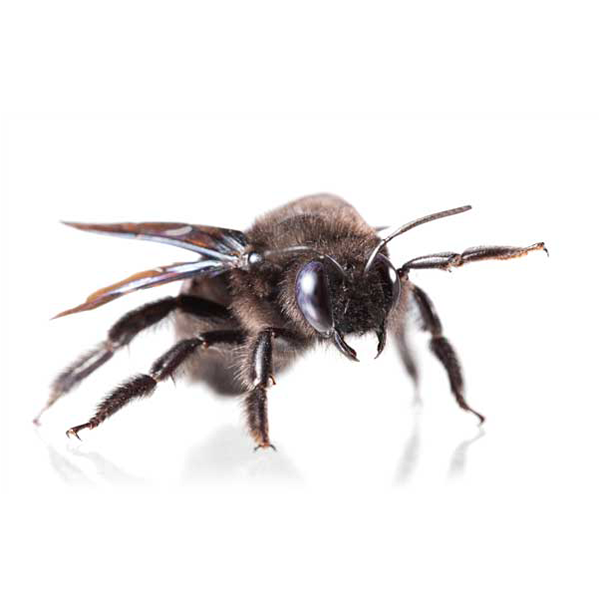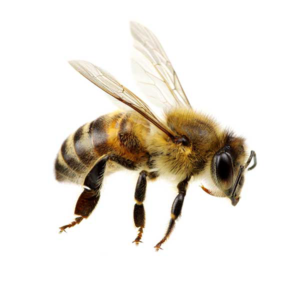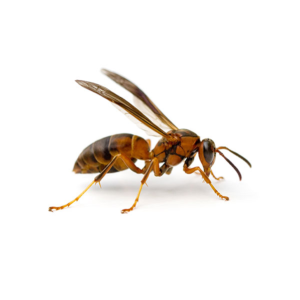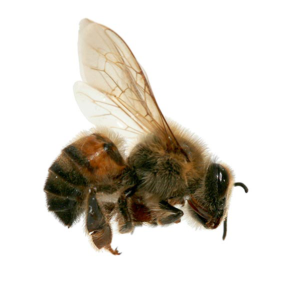Carpenter Bees in San Angelo
Carpenter bees are named for their behavior of boring into wood to build chambers for their offspring. Alongside bumblebee queens, they are the largest native bees in the United States. These bees can be found in various locations across the southern United States, including here in San Angelo. Despite not consuming wood, carpenter bees can cause structural damage to buildings by excavating tunnels in dry and weathered lumber.
Carpenter Bee Habitat
Carpenter bees are solitary insects and build individual nests in trees, eaves, or the sides of structures. During the winter, both males and females hibernate in old nest tunnels and emerge in the spring to mate. The mated female chooses a suitable piece of wood to construct her nest, while the male spends most of his time hovering near potential nest sites. The female then uses her mandibles to excavate a gallery, prepares the nest with “bee bread” (a mixture of pollen and regurgitated nectar), lays an egg, and seals the cell with chewed wood pulp. You can usually detect a carpenter bee infestation by observing a significant amount of sawdust and pollen on the ground below the area being chewed and excavated.
Carpenter Bee Behaviors, Threats, or Dangers
Female carpenter bees are generally not aggressive but may sting if provoked. If someone who is allergic to bee venom gets stung by a carpenter bee, immediate medical attention should be sought. Male carpenter bees, on the other hand, do not have a stinger but can be highly defensive when protecting their nest. Although carpenter bees can be beneficial pollinators, they can also cause significant damage to structures. They may attack windowsills, wooden siding, decks, railings, outdoor furniture, and fences. While the damage caused by an individual carpenter bee’s excavation might be minor, the cumulative effect of numerous bees over many years can lead to substantial destruction. If you notice signs of these pests nearby, don’t wait to call a bee control professional.




